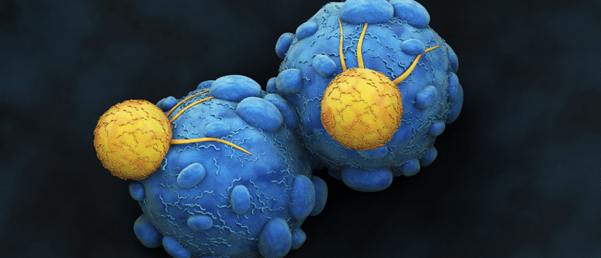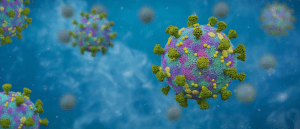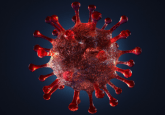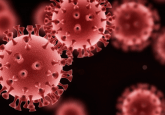How effective are Killer T cells against COVID-19?

An artificial intelligence-based platform allows researchers to uncover the secrets behind adaptive immunity and killer T cells.
Researchers from CellChorus (CA, USA) recently published results from a study, which uses time-lapse imaging microscopy in nanowell girds (TIMING) to distinguish the behavior of cytotoxic T cells and assess cell-mediated response to COVID-19 infection. This study helped to explain the variance in symptom response to COVID-19.
When we hear about fighting COVID-19 with vaccines the next word that tends to come to mind is antibody response. Current vaccines generate neutralizing antibodies which give protection to the SARS-CoV-2 virus. This response is typically well characterized as it is easy to study antibody molecules in vitro. However, as the antibody-mediated response tends to wane, some believe that greater protection from evolving variants will come via the design of a vaccine that targets the cell-mediated immune response.
The cell-mediated immune response is governed by cells called cytotoxic T cells or Killer T cells and has the ability to fight against viral infections such as COVID-19. It challenging to investigate this interaction as Killer T cells have a complex array of functions. Mapping these functions means studying spatiotemporal changes in cellular behavior across thousands of cells. Until now this has not been possible.
Daniel Meyer, is CEO of CellChorus gives an insight into his recently published paper looking at T cell-mediated cytotoxicity with specificity for SARS-CoV-2 eliminating targets.
To overcome the problem of mapping killer T cell function, the team has created TIMING an Artificial Intelligence integrated microscopy platform, which can image and profile thousands of cells and cell-cell interactions simultaneously. Lead author, David Mayer, commented on the technology saying it “leverages advances in cell biology, advanced microscopy and artificial intelligence to produce a unique approach to improving patient care”.
Meyer explains, “[here], we demonstrate for the first time that T cells targeting a conserved region of the spike protein from SARS-CoV-2 are serial killers. This observation can help explain why the vast majority of people only experience mild symptoms with SARS-CoV-2 and can help the design of T-cell based vaccines.”
The new technique offers the ability to monitor thousands of individual T cells as they move in their environment. In this case, the group was able to distinguish the behavior of T cells; before, during and after synapse formation; including, motility, morphology, cytokine secretion, time to form synapse, duration of synapse and time from synapse formation.
The group hopes a better understanding of the cell-mediated immune response gives more options in response to COVID-19 and any future viruses that may arise. They also hope the TIMING platform will be used across the life sciences for time-lapse microscopy profiling, particularly with large data sets.






